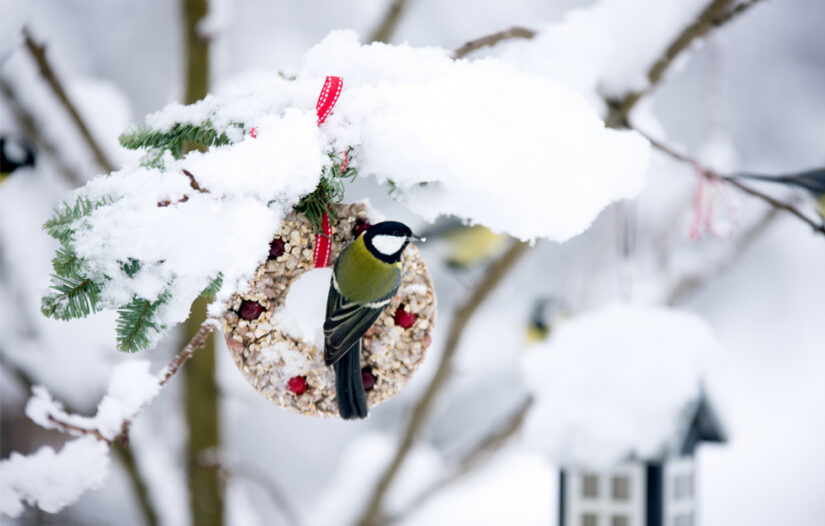
We all know the climate has suffered a drastic shift. But have you noticed the effect this has had on your garden plants? John Stoa considers the adjustments we may have to make if our seasons change in the future.
Local Climates
Childhood memories of spending sunny summers on Broughty Ferry beach followed by hard winters when we could ice skate on the roads (very few cars around) and have plenty of snow for sledging, snowmen and igloos all belong to the past. Our climate seems to have changed, with milder winters and cool summers, though this year has also been quite dry.
Gardening activities force you to work with the weather so you become aware of weather patterns both on a daily basis and how they change over your lifetime. Future generations will need to adapt to climate change.
The UK has always had a variety of local climates, being affected by proximity to the sea, the Gulf Stream, hills and mountains, built-up urban areas, winds and geography. The south is generally warmer than the north, the west wetter than the east, but extreme weather conditions can affect any area with tornadoes in the Midlands, hurricanes in the south and flooding just about anywhere!

A New Outlook
Gardeners love to try out new plants and now, with the potential for a warmer climate, the time is right to experiment with exotics. It may become normal to grow our tomatoes outdoors rather than under glass, and sweetcorn could become a major crop.
Already I am having success with cherries and figs and some types of outdoor grape vines, and as warming continues, it is quite possible that Scotland could have numerous vineyards. Chris Trotter has established the first small-scale commercial vineyard in Fife, trying out the variety Solaris and a few others.
Peaches would also be fine in Scotland on a south-facing wall if we could find a variety resistant to peach leaf curl disease. In time, cherries, nectarines, apricots, citrus fruits and, dare I say, bananas and olives could well be grown on our Carse of Gowrie, and the woodland landscape could see more sweet chestnuts, walnuts and eucalyptus.

Not All Good News
However, there is always a downside. Many fruit plants, e.g. blackcurrants and strawberries, require a period of winter chill to set fruit buds, without which the following year’s crop is greatly reduced. Fruit trees may flower too early after a mild winter, when there are just not enough pollinating insects around.
Wetter summers up north give rise to the spread of damping off, blight, root rots, scab and mildew. Potato blight could be serious and roses are more likely to suffer from black spot, rust and mildew. The root rot, phytophthora, has many variations and could become a major problem in gardens as well as raspberry fields.
Plant breeders and scientists have a lot of work ahead of them to find solutions to our climate change. Two generations from now, our grandchildren could see a massive change in the horticultural and agricultural landscape.
John’s last gardening tip will also keep your garden looking lively, in spite of the weather…




